Yu-Jing Lin
RelGAN: Multi-Domain Image-to-Image Translation via Relative Attributes
Aug 20, 2019
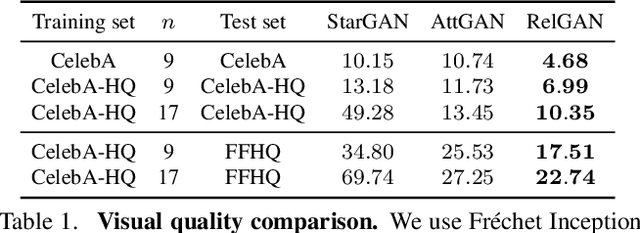
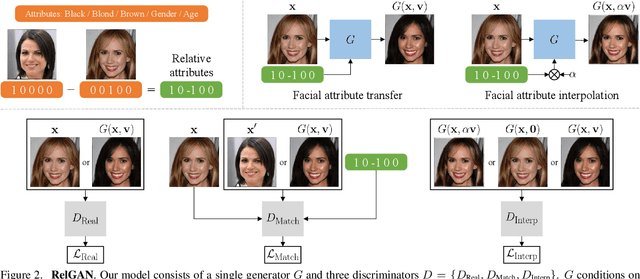
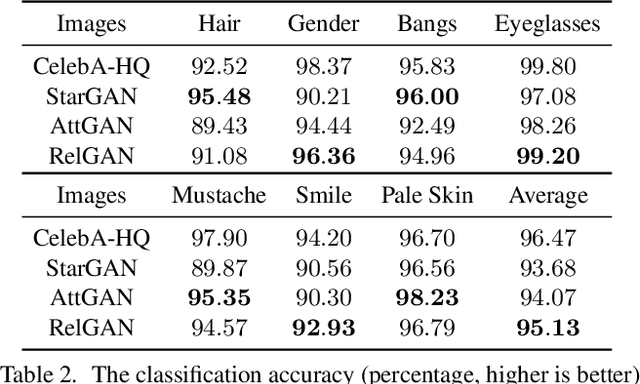
Abstract:Multi-domain image-to-image translation has gained increasing attention recently. Previous methods take an image and some target attributes as inputs and generate an output image with the desired attributes. However, such methods have two limitations. First, these methods assume binary-valued attributes and thus cannot yield satisfactory results for fine-grained control. Second, these methods require specifying the entire set of target attributes, even if most of the attributes would not be changed. To address these limitations, we propose RelGAN, a new method for multi-domain image-to-image translation. The key idea is to use relative attributes, which describes the desired change on selected attributes. Our method is capable of modifying images by changing particular attributes of interest in a continuous manner while preserving the other attributes. Experimental results demonstrate both the quantitative and qualitative effectiveness of our method on the tasks of facial attribute transfer and interpolation.
An Evaluation of Bitcoin Address Classification based on Transaction History Summarization
Mar 19, 2019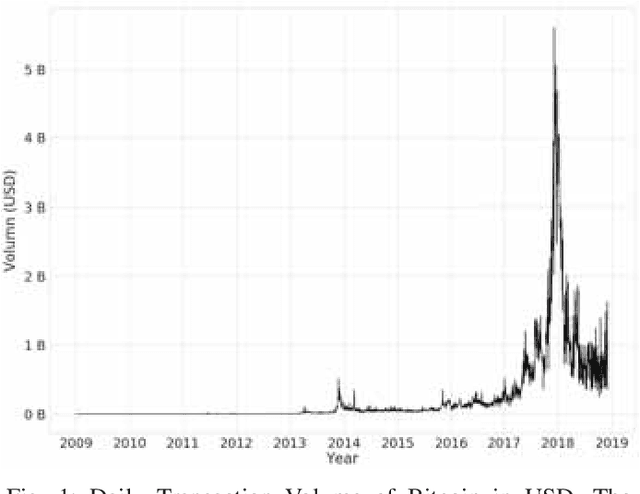
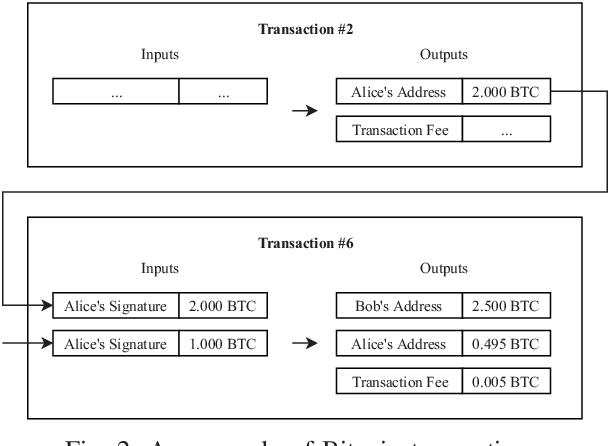

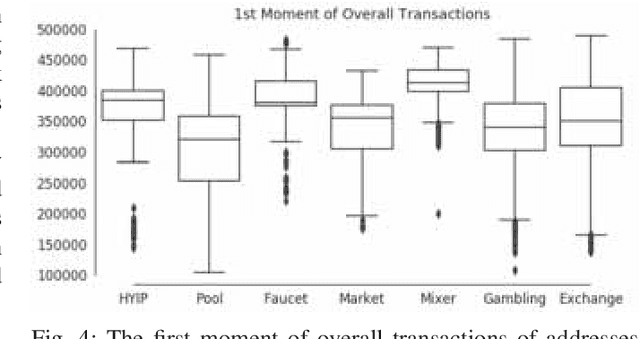
Abstract:Bitcoin is a cryptocurrency that features a distributed, decentralized and trustworthy mechanism, which has made Bitcoin a popular global transaction platform. The transaction efficiency among nations and the privacy benefiting from address anonymity of the Bitcoin network have attracted many activities such as payments, investments, gambling, and even money laundering in the past decade. Unfortunately, some criminal behaviors which took advantage of this platform were not identified. This has discouraged many governments to support cryptocurrency. Thus, the capability to identify criminal addresses becomes an important issue in the cryptocurrency network. In this paper, we propose new features in addition to those commonly used in the literature to build a classification model for detecting abnormality of Bitcoin network addresses. These features include various high orders of moments of transaction time (represented by block height) which summarizes the transaction history in an efficient way. The extracted features are trained by supervised machine learning methods on a labeling category data set. The experimental evaluation shows that these features have improved the performance of Bitcoin address classification significantly. We evaluate the results under eight classifiers and achieve the highest Micro-F1/Macro-F1 of 87%/86% with LightGBM.
Deep Reinforcement Learning for Playing 2.5D Fighting Games
May 05, 2018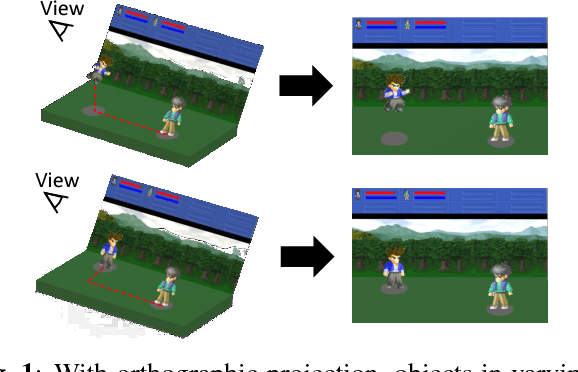
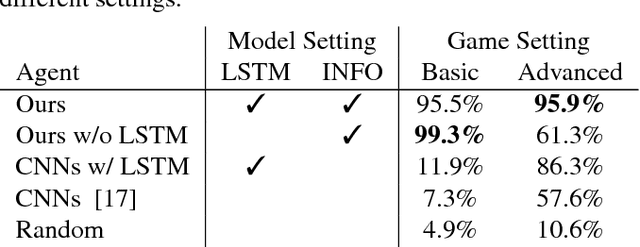
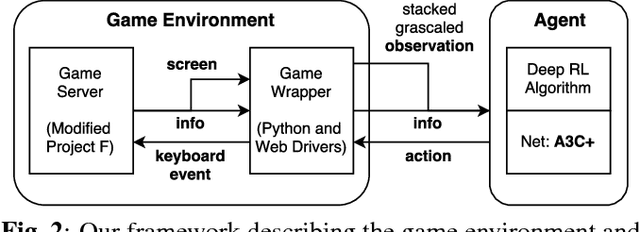

Abstract:Deep reinforcement learning has shown its success in game playing. However, 2.5D fighting games would be a challenging task to handle due to ambiguity in visual appearances like height or depth of the characters. Moreover, actions in such games typically involve particular sequential action orders, which also makes the network design very difficult. Based on the network of Asynchronous Advantage Actor-Critic (A3C), we create an OpenAI-gym-like gaming environment with the game of Little Fighter 2 (LF2), and present a novel A3C+ network for learning RL agents. The introduced model includes a Recurrent Info network, which utilizes game-related info features with recurrent layers to observe combo skills for fighting. In the experiments, we consider LF2 in different settings, which successfully demonstrates the use of our proposed model for learning 2.5D fighting games.
 Add to Chrome
Add to Chrome Add to Firefox
Add to Firefox Add to Edge
Add to Edge